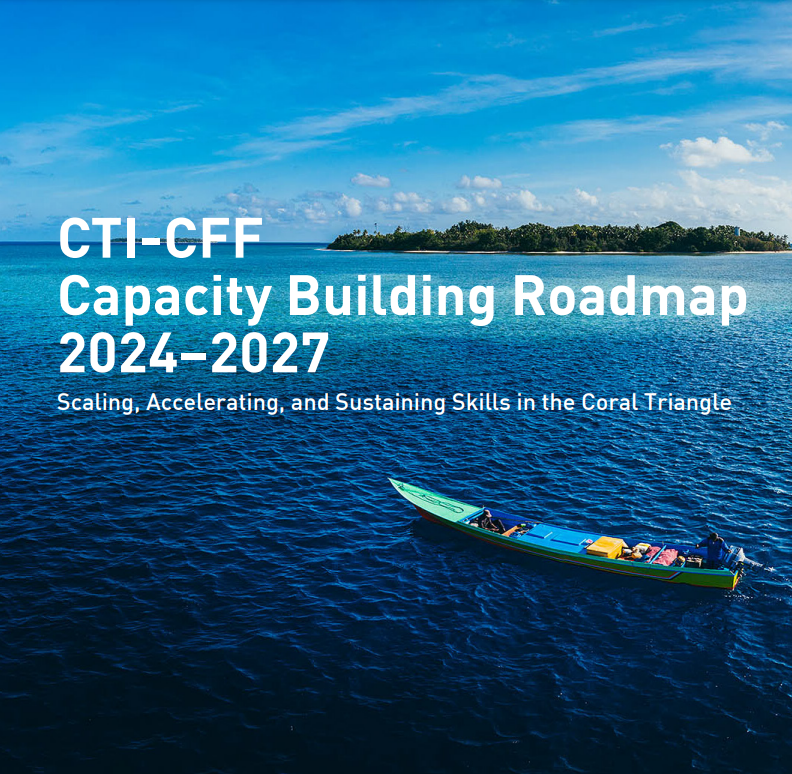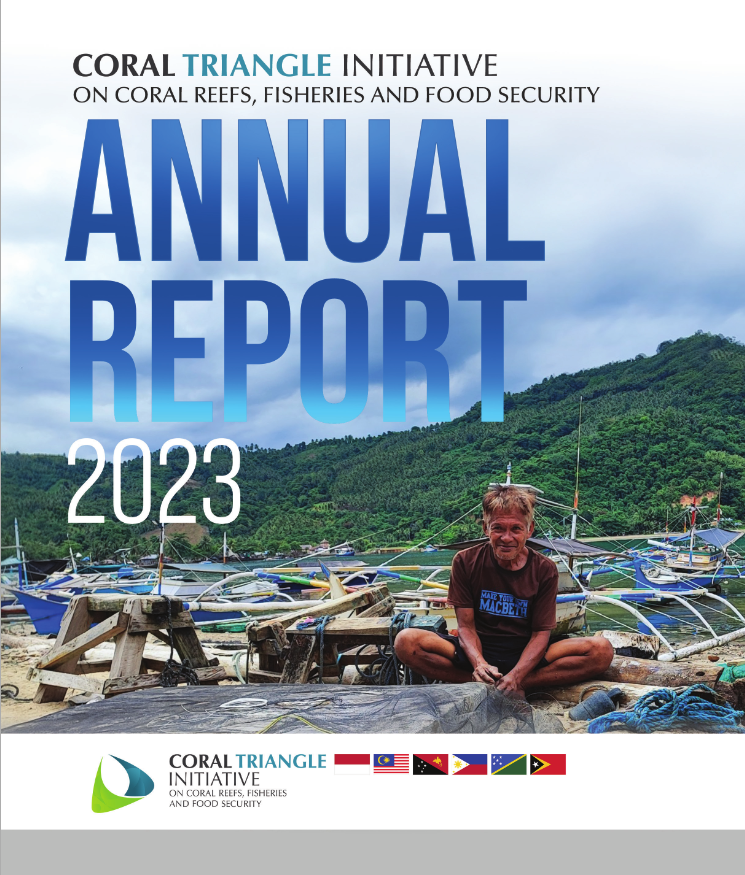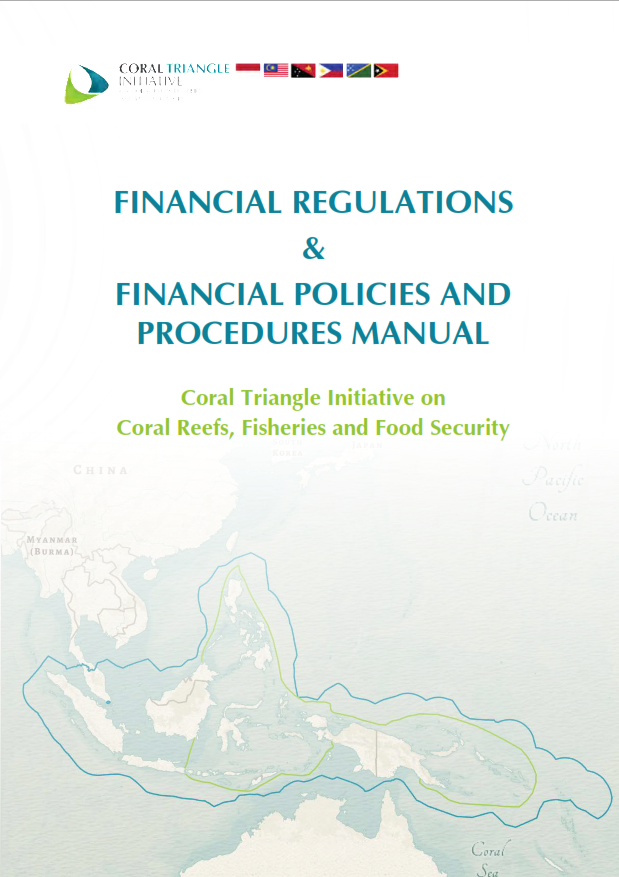State of the Coral Triangle Reports Launch: Coral Triangle Leaders Take a Step Forward
Coral Triangle Leaders Take a Step Forward
By: Stevie Emilia
Source: Jakarta Post, July 8, 2012
Spanning the marine waters of Indonesia, Malaysia, Papua New Guinea, the Philippines, Solomon Islands and Timor Leste — banded together in 2009 under the largest regional marine governance effort, the Coral Triangle is the heart of the world’s coral reefs.
Called the “Amazon of the Seas”, the 75,000-square-kilometer Coral Triangle makes up 1 percent of the Earth’s surface but contains nearly 30 percent of the world’s coral reefs and 75 percent of all known coral species.
The area, which is also home to over 3,000 species of fish, twice the number found anywhere else in the world, supports the lives of more than 100 million people.
While safeguarding the Coral Triangle, Suseno said the six countries would need the world’s support to implement, among other things, alternative livelihood, food security programs and economic empowerment.
“We need to help balance conservation efforts with economic development and social inclusiveness so people can also feel the benefit and are not evicted for conservation reasons,” he said at the pre-event of the 12th International Coral Reef Symposium (ICRS), held from July 9-13 at the Cairns Convention Center in Cairns, Australia.
“Conservation is important but people are a priority,”
According to Terry Hughes, federation fellow at the Australian Research Council, Center of Excellence for Coral Reef Studies at the James Cook University, there are three factors as drivers of change on coral reefs.
They are human population growth and migration; wealth distribution and evolving markets; leading to runoff from land, overfishing and climate change.
“The scale of all these requires unprecedented international intervention,” said Hughes, one of the experts who reviewed the report.
At the meeting, Indonesia, the world’s largest archipelagic country and home to 16 percent of the world’s coral reefs, reported improved coral reef conditions.
Director of maritime planning and coastal areas at the Maritime Affairs and Fisheries Ministry, M. Eko Rudianto, said that currently, 5.48 percent of coral reefs is in excellent shape — better than 3.7 percent some five years back. However, a large chunk, or 31.98 percent, is in poor condition.
Despite the slight improvement, nature and man-made threats against coral reefs — such as overfishing, destructive fishing and pollution — remain.
“To survive threats from nature, the coral reef should be in good condition, stronger, while to deal with economic challenges, people’s welfare should be improved,” Eko said.
Data in the report, he said, was crucial to provide a clearer picture of existing conditions of the area’s biophysics, social economy and governance.
“With the baseline information on the three issues, all related programs in maintaining future sustainability of the Coral Triangle can be calculated — whether everything proceeds on the right track or not,” Eko said.



